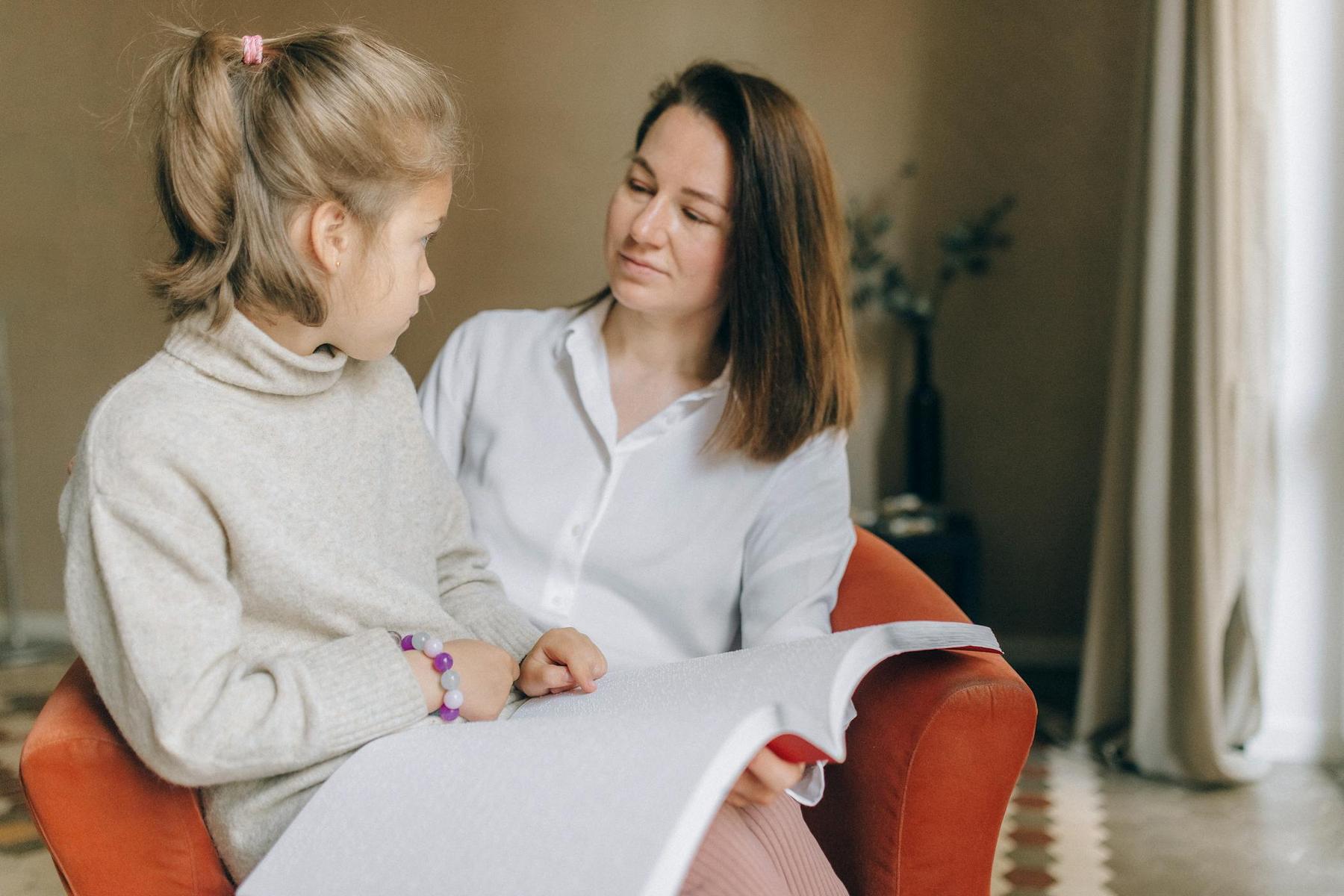Are We Truly Identifying Speech Delays in Our Youngest Australians?
Early identification of speech and language delays is crucial; however, the current research highlights significant ambivalence regarding the implementation of routine screening in primary care. Parents, carers, and clinicians alike often ask: Is our current approach robust enough to capture subtle, yet critical, communication difficulties in children before they impact academic and social functioning?
What Are the Key Findings of the Study on Screening Tools?
The systematic review by Wallace et al. (2015) synthesised evidence across 23 studies evaluating screening tools for children aged five and younger. Findings indicate that these instruments exhibit a wide range of sensitivity (50%–94%) and specificity (45%–96%), suggesting they can reliably flag children who may require further diagnostic evaluation. A summary table below compares these key metrics:
| Metric | Reported Range |
|---|---|
| Sensitivity | 50% – 94% |
| Specificity | 45% – 96% |
This data suggests that while screening tools have strong potential for early identification, their performance in primary care settings remains inadequately proven. This gap invites further inquiry into whether a screening-led model in everyday clinical practice might translate to improved long-term language outcomes.
How Do Sensitivity and Specificity Impact Clinical Practice?
The sensitivity and specificity of screening tools are critical for ensuring children with speech delays are accurately identified without overwhelming the diagnostic resources with false positives. For paediatric speech pathologists in Australia, understanding these statistical properties is paramount. They indicate that although the tools are promising, the variability in their diagnostic rates encourages a careful interpretation of results. Clinicians must balance the benefits of early detection against the risk of misclassification, which may lead to either unnecessary referrals or missed diagnoses.
Can Routine Primary Care Screening Effectively Pinpoint Delays?
The review emphasises that while screening measures show diagnostic accuracy, there remains insufficient evidence to support their routine application within primary care. This raises important reflections for the field: Should general practitioners incorporate these tools as standard practice? For many clinicians working in telehealth environments—such as those at Speech Clinic—this ambiguity underscores the need for alternative, flexible pathways in early detection that can be seamlessly integrated with existing primary care practices and supported by specialised follow-up assessments.
What Are the Implications for Intervention Strategies?
Twelve treatment studies cited within the review suggest that various interventions can enhance language, articulation, and even stuttering outcomes when applied to children identified with speech delays. This is particularly significant for paediatric speech pathologists who tailor intervention plans to each child’s unique profile. The review’s findings highlight that the early identification provided by screening tools must be closely followed by evidence-based treatment approaches. For practitioners in Australia, especially within telehealth settings, it is essential to establish clear protocols that transition handover from screening to personalized intervention, ensuring that every identified need is met with an effective strategy.
How Can Speech Pathologists and Allied Health Professionals Benefit from These Findings?
For clinicians, the research provides a dual insight: it confirms that many screening instruments hold promise for early detection but also prompts a critical evaluation of their applicability in everyday settings. This duality encourages ongoing collaboration between paediatric speech pathologists, primary care providers, and allied health professionals in refining the screening protocols – ultimately aiming to boost the efficacy of referrals and interventions. Moreover, it underlines the importance of integrating these evidence-based findings into clinical practice guidelines and training in Australia, thereby enhancing the confidence and competence of professionals engaged in early childhood assessments.
Taking Action: Advancing Early Screening Practices
Key takeaways from this review include:
- Recognise that while screening tools show diagnostic promise, variability in sensitivity and specificity necessitates cautious interpretation.
- Prioritise the integration of early detection with tailored interventions, particularly in varied settings such as telehealth.
- Foster greater collaboration between primary care and specialised services to refine screening protocols for optimal outcomes.
- Encourage further research to better understand screening applicability in routine clinical practice.
If you or your child need support or have questions, please contact us at Speech Clinic.
How accurate are current screening tools for detecting speech delays in young children?
Current tools vary in sensitivity (50%–94%) and specificity (45%–96%), indicating promising diagnostic potential but with a need for cautious application in routine care.
What are the limitations of implementing routine screening in primary care?
The evidence for routine use in primary care is inadequate, and challenges exist regarding accuracy, follow-up, and the integration of specialised interventions.
Which risk factors are associated with speech and language delays in children?
Risk factors include male gender, a family history of communication difficulties, and low parental education, highlighting areas for targeted early intervention.
How can telehealth improve early intervention for speech delays in Australia?
Telehealth offers flexible, accessible services that can maintain continuity of care and facilitate timely interventions, especially in remote or underserved areas.
What future research is needed to enhance current screening practices?
Future studies should focus on validating screening tools in primary care settings and linking early identification with long-term positive language outcomes.

















